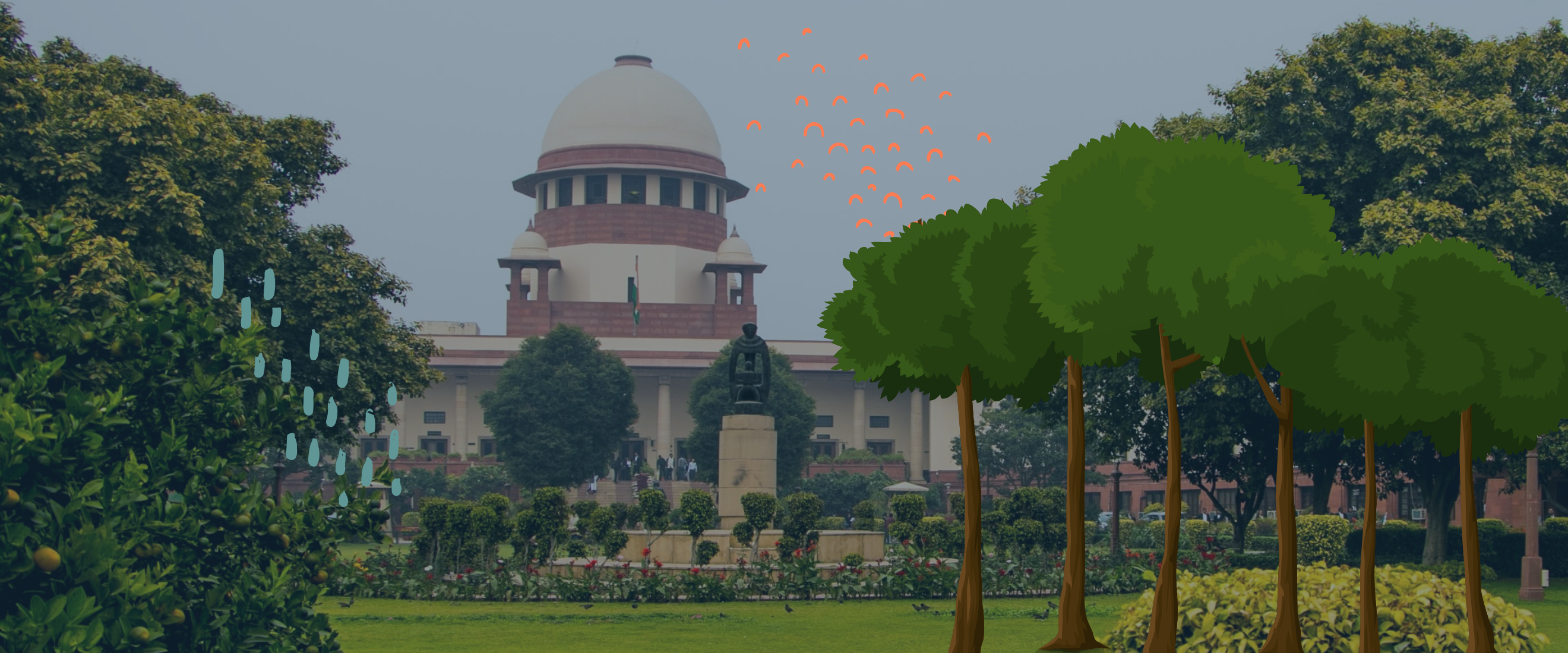Analysis
Forest Rights: 5 Must Reads
The central predicament of the case appears to be harmonizing the rights of forest dwellers with concerns of environmental conservation.

The Forest Rights Act, 2006 provides Scheduled Tribes and other traditional forest dwellers a legal framework to claim title over forest land and forest resources. A set of environmental organisations, including Wildlife First and the Wildlife Trust of India, have challenged the constitutionality of the Act. They contend that it was passed by Parliament without legislative competence and that it has led to environmental degradation.
State governments had rejected over a million forest dwellers’ claims under the Act but largely failed to take further action. In a key turn of events, on February 13th 2019, the Supreme Court directed States to evict forest dwellers with rejected claims. Two weeks later, the court stayed its own order, after concerns were raised about the lack of due process in rejecting claims. Further, the question of whether eviction unfairly curtailed traditional forest dwellers’ liberties arose.
The central predicament of the case appears to be harmonizing the rights of forest dwellers with concerns of environmental conservation.
Here are five must reads:
1. Framing the forest rights debate
Vivek Deshpande introduces the controversy, offering an overview of the arguments made by both wildlife and tribal activists.
Bahar Dutt argues that both human rights and wildlife activists have failed to use the Forest Rights Act as a conservation tool, passing over the opportunity to join forces.
3. An Unresolved Legal Question about Forest Rights
Kanchi Kohli provides a case study, using the Chhattisgarh’s Ghatbarra village which lost its Community Forest Rights in January 2016. She examines whether the cancellation of the village’s title was legally valid under the Forest Rights Act.
Sharachchandra Lele provides a governance framework for balancing the interests of the various parties benefiting from forests. He argues that local forest dwellers can be the best placed to conserve forests, if the right governance framework is established.
5. A Global Baseline of Carbon Storage in Collective Lands
The Rights and Resources Initiative’s global report demonstrates that indigenous and local communities manage at least 17% of the total carbon stored in forest lands. It suggests that indigenous communities may be crucial in mitigating carbon emissions.
